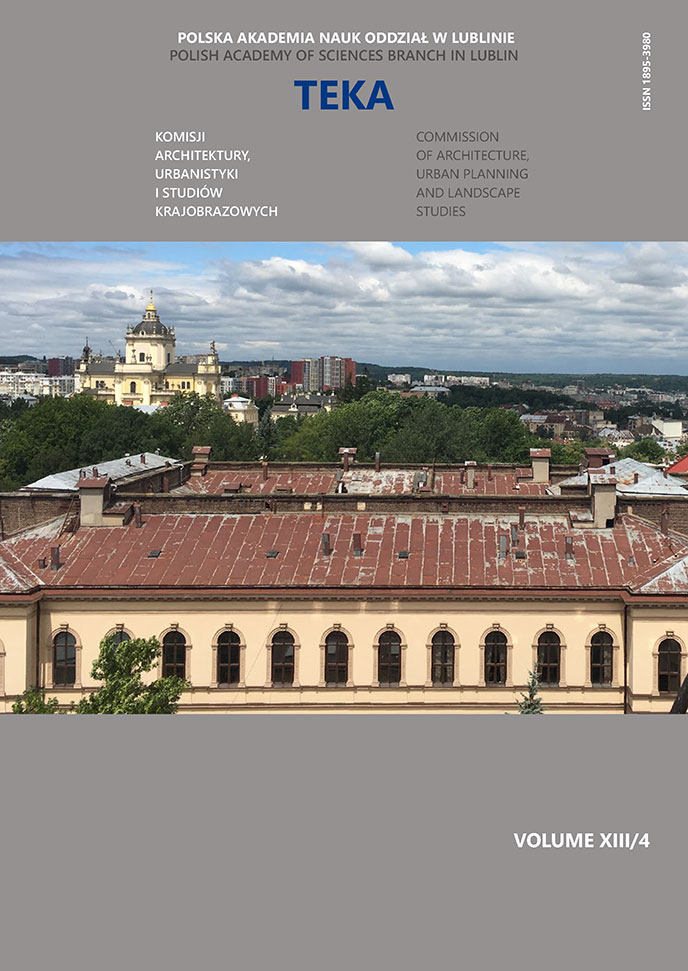Inżynierska racjonalność a społeczna podmiotowość w procesie inwestycyjnym
Main Article Content
DOI
Authors
Abstract
Deepening complicates procedures which is particularly visible in the sphere of spatial planning. This is indirectly confirmed by the well-known opinion of Winston Churchill that “Democracy is the worst form of government, except for all the others” A practical solution to overcome conflicts related to the implementation of investments seemed to be ‘Special Acts’, introduced in Poland since 2003. As long as they concerned solutions that obviously fulfilled social goals, they enjoyed recognition. However, the facilitations introduced by them so much appealed to investors, especially the administrators of public infrastructure networks, that they were tempted to use them for investments not so “obvious”, ignoring public debate. Thus, technocratic criteria have begun to dominate the social ones, which from the point of view of the degree and perspectives of our civilization development is inappropriate and leads to inevitable conflicts that can be avoided by accepting a subjective position of society. Since the 1980s, the theory of planning has shown the superiority of rationality based on social communication taking into account the factor of interpersonal dialogue between the authorities and those who are the subject of planning over instrumental rationality, which refers only to organizational and technical issues, where objectives are set down from the top. The article considers a dangerous attempt to return, in Poland, to a model based on instrumental rationality, as evidenced by Special Acts and the consequences of this attempt.


